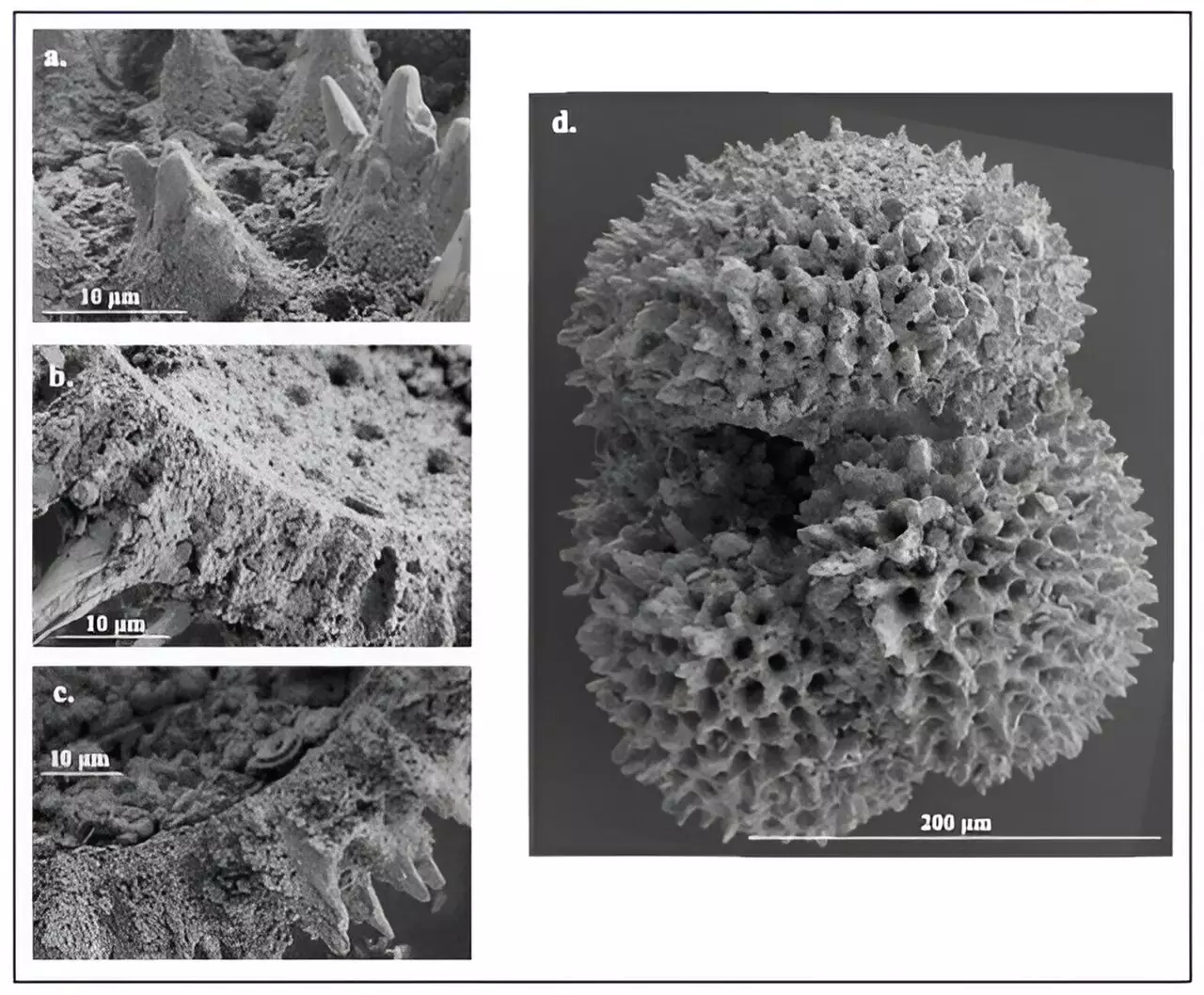The Earth’s climate has undergone immense transformations throughout its geological timeline, notably during the transition between the Paleocene and Eocene epochs, which spanned from 59 to 51 million years ago. This era was marked by significant warming events, characterized by gradual increases in temperature, interspersed with rapid climate shifts known as hyperthermals. A recent study by geoscientists at the University of Utah has shed light on the mechanisms behind these warming periods, linking them to increased levels of atmospheric carbon dioxide (CO2) and providing a lens through which to view our current anthropogenic climate challenges.
The dramatic climate changes during the Paleocene-Eocene boundary required an examination of the key contributors to this warming. Researchers have proposed that not only was the greenhouse gas emission from volcanic activity or other natural mechanisms responsible for the elevated levels of CO2, but tectonic movements played a crucial role. The interplay between these factors has important implications for understanding past climate events as researchers work to model future conditions.
Dustin Harper, the lead author of the study, identified these historical warming events as critical analogs for predicting future climate consequences. With humanity now emitting greenhouse gases at unprecedented rates, analyses of the past serve as a powerful tool for understanding potential future impacts. The study, which is published in the Proceedings of the National Academy of Sciences, emphasizes that while we lack an exact parallel from ancient times reflecting our present atmospheric conditions, the ancient thermal maxima provide valuable insight.
The research team employed a meticulous approach to reconstruct climate conditions during the epochs in question. They analyzed microscopic fossils collected from undersea plateaus in the Pacific Ocean, focusing on foraminifera—tiny shelled organisms that can reveal past ocean chemistry. The abundance of chemical isotopes in these fossils serves as a proxy for estimating historical CO2 levels and corresponding sea surface temperatures during the significant periods of hyperthermal activity, particularly the Paleocene-Eocene Thermal Maximum (PETM) and the Eocene Thermal Maximum 2 (ETM-2).
Through sophisticated statistical modeling, the scientists could correlate the rising atmospheric CO2 levels with escalating global temperatures over a 6-million-year timeline. Their findings indicate a consistent pattern: as CO2 concentrations rose, so too did the global temperatures, suggesting a robust climate sensitivity to carbon emissions. According to co-author Gabriel Bowen, this trend highlights the climate system’s responsiveness to changes in greenhouse gas concentrations.
Despite the complexities of the Earth’s past, it is crucial to frame such research within the context of ongoing climate change. The current rate at which carbon is being emitted due to human activity—estimated to be four to ten times more rapid than during the ancient hyperthermal events—is alarming. This stark contrast raises critical questions about the resilience and adaptability of Earth’s climate system under modern pressures. While the total emissions from the ancient eras may mirror future projections tied to human activity, the speed of current emissions poses unprecedented risks.
The implications of this research extend deep into the future. With potential scenarios ranging from mid- to worst-case outcomes based on ancient events, scientists are investigating the consequences of historical carbon releases to better understand what could unfold today. Analysts like Harper are keen to elucidate the environmental changes that transpired during these periods, offering a crucial comparative framework for modern patterns of climate change.
Implications for Future Research and Climate Action
As the research team delves deeper into the findings gleaned from ancient marine sediments, the goal is to refine our understanding of how past climatic conditions can mirror future scenarios. The quest to establish new records of CO2 and temperature variations is not solely a scientific pursuit; it is fundamentally tied to informing climate policy and environmental stewardship in the face of escalating global temperatures.
Moreover, examining how ecosystems responded during the Paleocene and Eocene epochs can provide essential knowledge for predicting the resilience of current ecosystems affected by climate change. The relationship between past ocean conditions and climate dynamics compels us to advance our understanding of natural systems, particularly as we navigate the implications of rapid CO2 emissions.
The research conducted by geoscientists at the University of Utah not only illuminates the climate of our past but also serves as a crucial warning for our future. The lessons drawn from the Eocene thermal events remind us of the profound impacts of greenhouse gas concentrations, urging a reevaluation of how we approach climate change today. By learning from Earth’s history, we can better prepare for and potentially mitigate the future impacts of our actions on this planet.


Leave a Reply